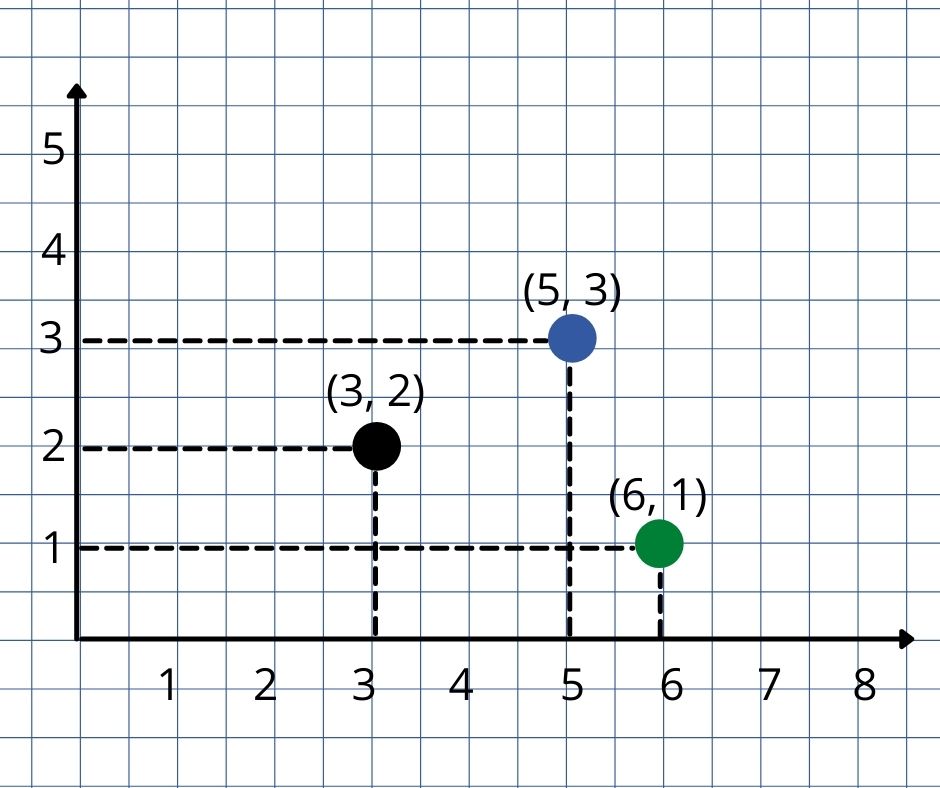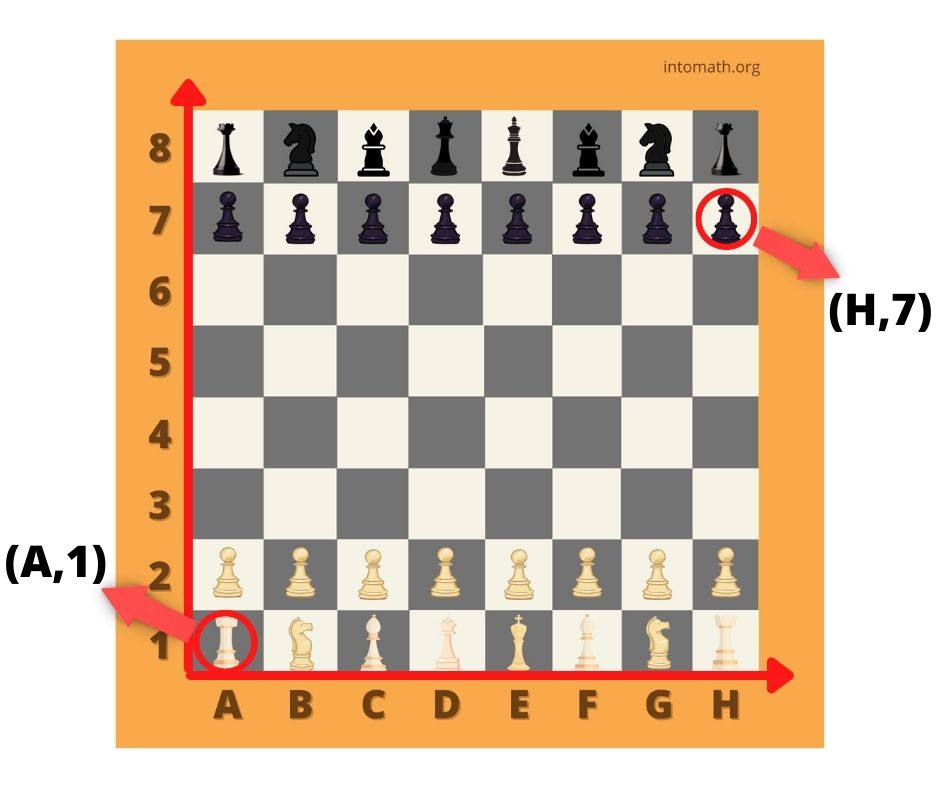Chess board with numbers helps make the game of chess more strategic. The process of using numbers and letters to determine the position of a piece on a chess board is based on Analytic Geometry. In this blog post we will show you how to effectively operate a chess board with numbers and explain how positions are determined.
Understanding Chess Board With Numbers
Let’s start with a simple 2-dimensional plane with a horizontal and a vertical axes. The position of each point on this plane can be described in terms of the point’s vertical and horizontal location given specific values.

In the coordinate pair of each point, the value that determines horizontal distance from the origin comes first and the value that determines vertical distance comes second.
We can use the same principle to determine positions of pieces on the chess board with numbers and letters. Horizontal axis contains letters A through H. Vertical axis contains numbers 1 through 8. If we place the axes on the chess board, it will look like this:

Determining the Position of a Piece
When playing chess, each player makes multiple moves throughout the game. It is, therefore, important to record the moves for two reasons: to remember what move was the latest and to strategically plan the next move.
In order to record the move, players can record the initial and the final position of the piece in that move. And we have already seen above how to correctly record the position of the piece.
Let’s follow the movement of a particular piece on the chess board and record the initial and final position of the piece for each move.

Now that you have learnt how to determine the position of a piece on a chess board with numbers and letters, try the quiz below to test your understanding – Good Luck!
Check out IntoMath Lessons and Practice for Grades 5-12
